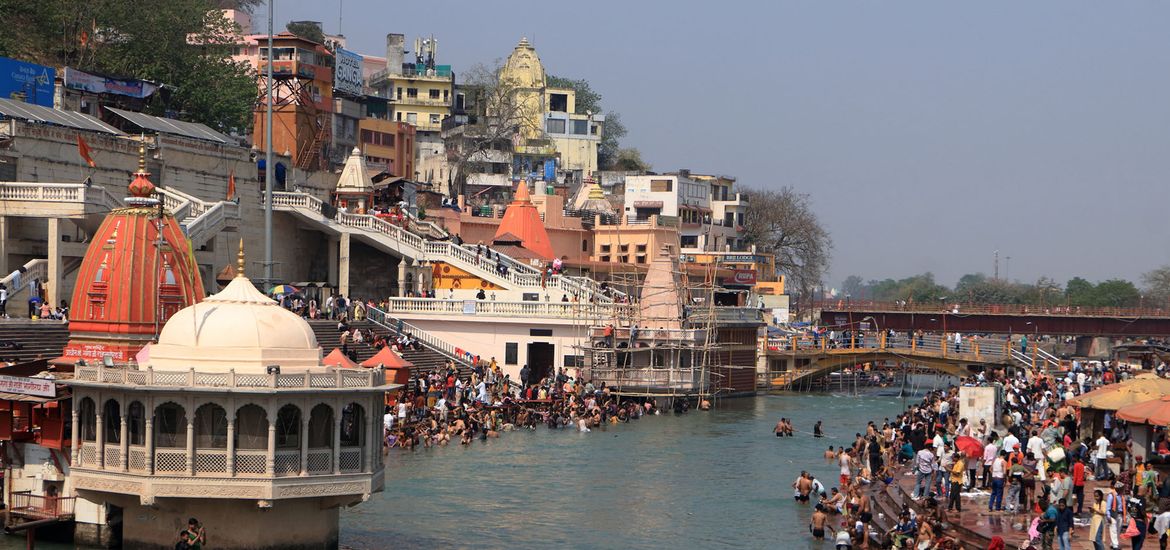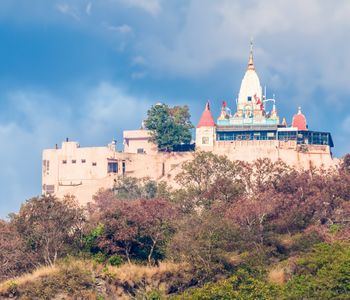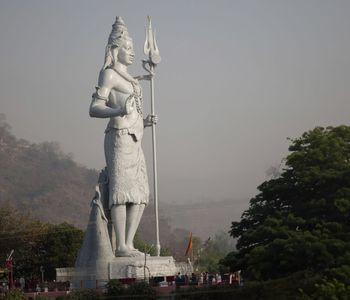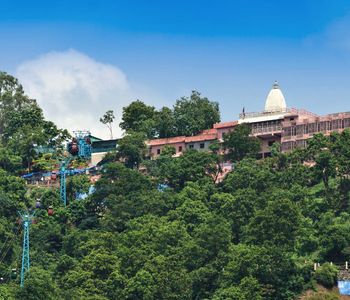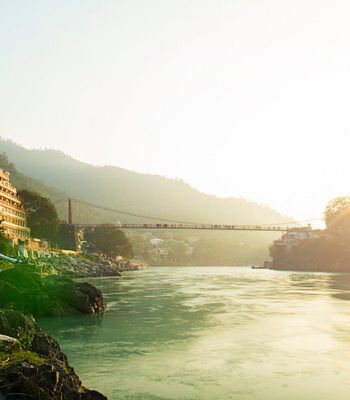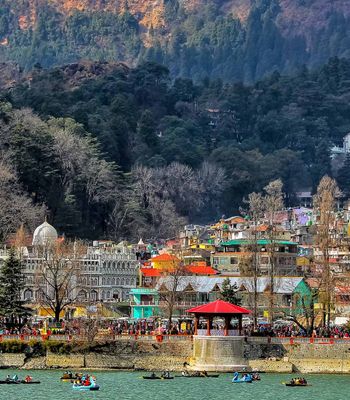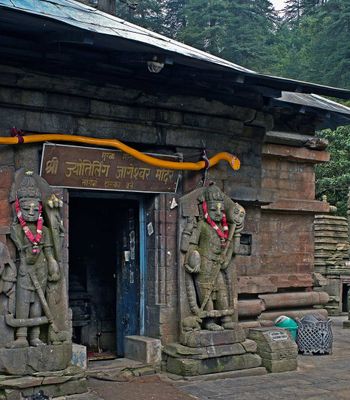Har Ki Pauri, or "Steps of the Lord," is a ghat in the heart of Haridwar, Uttarakhand, that houses centuries of faith within its stone steps. It is one of the most revered locations in Hinduism, located on the banks of the river Ganges.
Pilgrims travel from across India and beyond to take a dip here, believing the river’s waters can cleanse sins and renew the soul. Amid the gentle sound of temple bells, the faint scent of incense, and the steady flow of the Ganga, Har Ki Pauri becomes truly meaningful when you experience it in person.
A Look into the History of Har Ki Pauri
The history of Har Ki Pauri is extensive and complex, encompassing both mythological and historical occurrences. King Vikramaditya is thought to have constructed it in the 1st century BC as a memorial to his brother Bharthari, who is rumoured to have meditated here on the banks of the Ganges.
At the heart of Har Ki Pauri is Brahmakund, the most sacred section of the ghat. According to Hindu mythology, this is where drops of Amrit (the nectar of immortality) fell from the sky during the event of Samudra Manthan.
The celestial bird Garuda was carrying the pitcher of Amrit when a few drops spilled here, making the site especially significant for devotees. From its mythological origins to its modern-day layout, Har Ki Pauri has evolved over the centuries.
Steps Through Time: The Design of a Sacred Ghat
Har Ki Pauri has a simple yet practical layout, with broad stone steps leading to the Ganges. One of the most noticeable features at Har Ki Pauri is the clock tower, also known as the Raja Birla Tower. It was built in 1938 by Shri Raja Dr. Baldev Das Birla of Pilani and stands on Malviya Dweep, a small island in the middle of the river.
The tower has a clock on each side, with Roman numerals for the hours and small dots marking the minutes. Over time, it has become a well-known landmark and a common meeting point.
The Heartbeat of Har Ki Pauri
Har Ki Pauri is famous for its religious significance and year-round events. But the key attraction that draws visitors is the Ganga Aarti, one of the most famous spiritual rituals in India.
It takes place every evening at sunset and is attended by hundreds, sometimes thousands, of devotees and visitors. As the sky darkens, priests perform the ceremony with fire bowls, chants, and temple bells while devotees float leaf diyas on the river as offerings.
Lesser-Known Facts about Har Ki Pauri
Har Ki Pauri has a long and layered history, with several events and stories that many visitors may not be aware of:
- Changes Over Time: In the early 19th century, the ghat was much smaller than it is today. During the Kumbh Mela of 1819, a tragic stampede led to the loss of 430 lives. To improve safety, the British administration widened the ghat and added sixty steps to help manage the large gatherings.
- Guru Nanak’s Visit: According to Sikh traditions, in 1504 AD, Guru Nanak Dev Ji visited Haridwar during Vaisakhi.
- Construction of the Clock Tower: In 1938, further improvements were made under the guidance of Hargyan Singh Katara, a zamindar from Agra. This phase also saw the construction of the clock tower, which remains a notable feature at the site.
The Right Season for a Sacred Sojourn
Har Ki Pauri welcomes visitors all year round, but the experience varies with the seasons and events. October to March is considered the most pleasant time to visit, with cooler weather and clearer skies. It's ideal for attending the evening Ganga Aarti without the discomfort of heat or humidity.
Finding Your Way to Har Ki Pauri
Whether you’re there for a peaceful walk by the Ganga or to witness the spellbinding evening Ganga Aarti, there are plenty of ways to reach Har Ki Pauri:
By Air
The nearest airport is Jolly Grant Airport (DED) in Dehradun, located approximately 36 km away. It is well connected with Delhi by daily flights, and you can easily find taxis or cabs at the airport to take you directly to Haridwar in about 40 minutes.
By Train
Haridwar Junction is the nearest railway station, about 5 km away, well connected to major cities like Delhi, Mumbai, Kolkata, Varanasi, and Jaipur. Trains are frequent and reliable, making this one of the most convenient ways to travel. If you're arriving during peak seasons like Kumbh Mela or summer holidays, consider booking your tickets early.
By Road
Haridwar has good road connectivity and is linked to nearby cities via NH-58. It's just 15 km from the district headquarters and about 220 km from Delhi, making it a popular weekend getaway for many. Buses, cabs, and private vehicles all operate regularly.
Festivals and Sacred Gatherings
The energy at Har Ki Pauri reaches another level during its major religious events and celebrations. Here’s what awaits you:
- Kumbh Mela: Held every 12 years, the Kumbh Mela in Haridwar is a massive gathering that brings millions of pilgrims from across India and the world. The central act is the ritual bathing in the Ganges, which is believed to cleanse sins and bring spiritual benefits.
- Ardh Kumbh Mela: For those who cannot make it to the full Kumbh Mela, the Ardh Kumbh is held every 6 years at the same site. While the crowd size is somewhat smaller, the rituals, energy, and spiritual significance remain the same.
- Kanwar Yatra: During the Shravan month of the Hindu calendar (usually July to August), Har Ki Pauri becomes the starting point for the annual Kanwar Yatra. Devotees of Lord Shiva, known as Kanwariyas, collect Ganga water in containers and walk long distances to offer it at Shiva temples, particularly in northern India.
While Har Ki Pauri is mostly known for its religious rituals, it also serves as a community spot. Locals stroll by in the evenings, visitors take photos, and small shops nearby sell snacks and puja items. With its blend of sacred rituals, human stories, and flowing water, it remains a constant in a city that continues to evolve around it.
